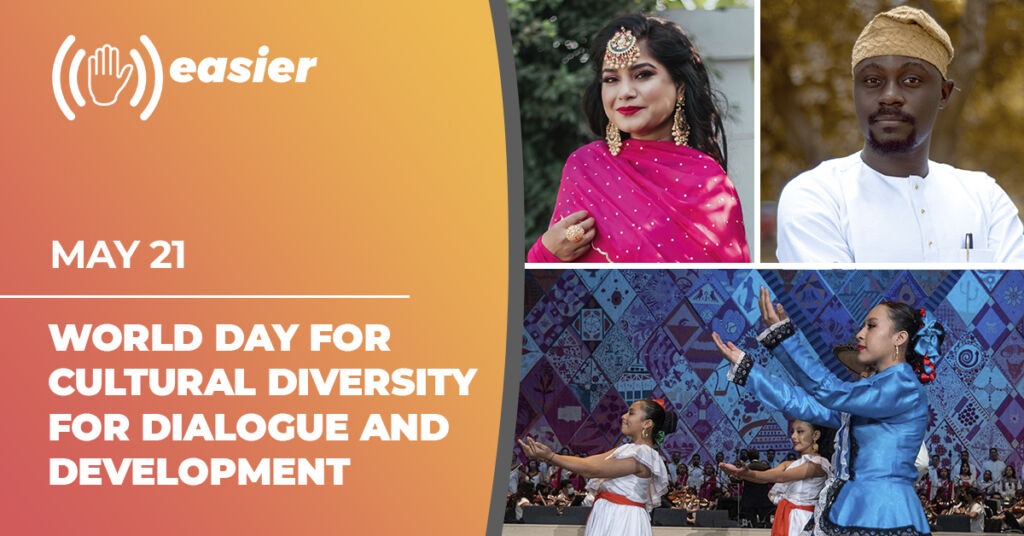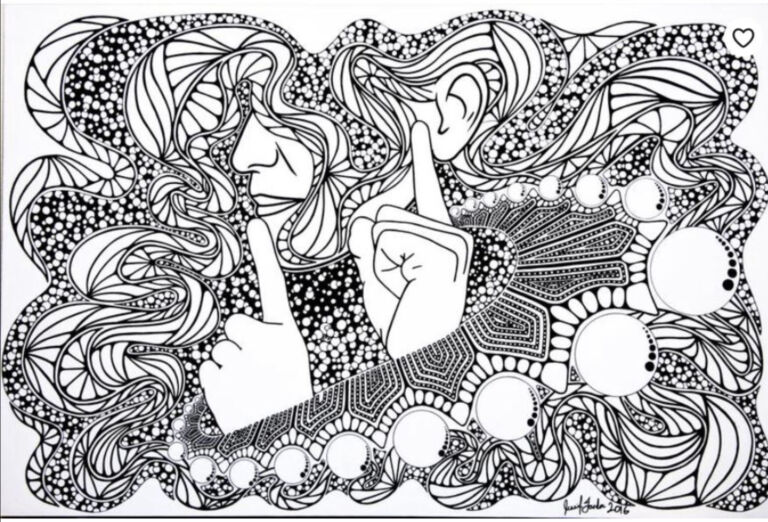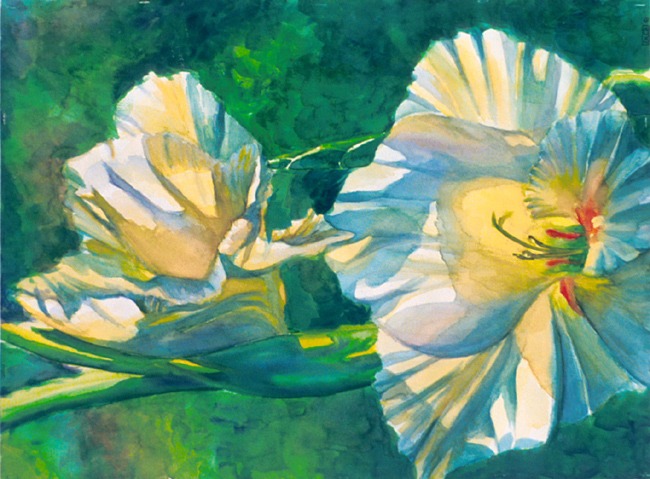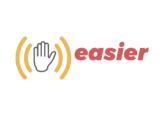Celebrated annually on May 21, the World Day for Cultural Diversity for Dialogue and Development highlights not only the richness of the world’s cultures but also the essential role of intercultural dialogue for achieving peaceful and sustainable future.

According to UNESCO data, the cultural and creative sector is one of the most powerful engines of development worldwide, accounting for more than 48 million jobs. That is why, to strengthen its place in public policies and international cooperation, delegations from 150 United Nations Member States gathered in Mexico for MONDIACULT 2022, where they unanimously adopted the historic Declaration for Culture. The Declaration affirms culture as a “global public good” and calls for it to be integrated “as a specific goal in its own right” in the sustainable development agenda beyond 2030.
The Declaration defines a set of cultural rights that must be taken into account in public policies. These range from the right of artists to artistic freedom, the right of indigenous communities to safeguard their ancestral knowledge, and the protection and promotion of cultural and natural heritage. The Declaration also calls for substantial regulation of the digital sector, notably of the major platforms, for the benefit of online cultural diversity, artists’ intellectual property rights, and fair access to content for all. Learn more about the Declaration here.
Cultural diversity within Deaf communities
Deaf people are a highly diverse population with a wide range of backgrounds. And with over 300 national and regional sign languages used in the world, there is a rich diversity of culture among Deaf communities.
Cultural Deafness is a set of beliefs, practices, and traditions highly influenced by the use of sign language as a primary form of communication. Although members of Deaf communities share some common experiences and values, they also come from a variety of backgrounds and influences, and that variation is beautifully reflected in the community.
The diversity and number of Deaf artists worldwide grows by the day. From animation, cartoons, and digital art to textiles, the work of Deaf artists does not cease to amaze. If you are interested to see how the most popular artists in the global Deaf community express themselves through art, click here.

Deaf is Everything. (2016) By Jennifer Tandoc Black Micron Pens, 20in x 30in | From deaf-art.org 
Untitled. By Diana Lyn Bonadurer | From deaf-art.org
It is worth noting that not all deaf people belong to or partake in Deaf culture and Deaf community as deafness itself is not a prerequisite to participating in them. A person who loses their hearing in older age or due to an accident may remain within their hearing community, never learn sign language, and may not even get to know any other deaf people. On the other hand, the hearing family members of a deaf child may master sign language and eventually become members of the Deaf community themselves.

